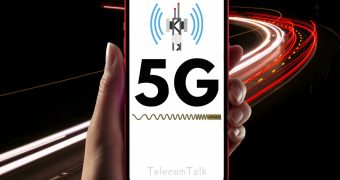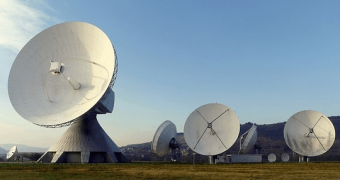
Surfshark has recently released a report highlighting the digital divide that exists in Africa. According to the report, only 55% of the African population has access to the internet, which is lesser than 77% in Asia. In addition, Africans who do have access to the internet face deep inequalities in speed and affordability. Internet in Africa is 78% less affordable than in Asia and 83% less affordable than in Oceania.
According to Surfshark’s Lead Researcher Agneska Sablovskaja, “People who can’t access the internet are cut off from the digital opportunities that people from higher-income countries have. Without internet access, people can’t study or work online, and they can’t grow their economy with digital exports”.
“The internet is also very slow in lower-income countries. Even if people from these countries can afford the internet, they still face limitations in what they can do. For instance, internet speeds in lower-income countries make it very difficult to make video calls”, says Sablovskaja.
Lower Income Countries Have to Work More to afford 1GB of Internet Data
People from lower-income countries have to work 11 minutes more than people in higher-income countries to be able to afford 1GB of internet data which is 49 Mbps slower. As per Surfshark, lower-income countries work 17 minutes for 1GB of data with 26 Mbps speed, while higher-income countries work 6 minutes for 1GB of data with 75 Mbps speed.
26 Mbps — the average mobile internet speed in lower-income countries — is 3 times slower than in higher-income countries and creates limitations in what people can do online. For instance, 26 Mbps may be enough for streaming a movie, but it’s not enough for a video call (which requires 50 Mbps).
No Better Situation with Broadband Either
Even broadband internet is pretty expensive in lower-income countries. Lower-income countries have to work 8 hours more than higher-income countries to afford a fixed broadband plan that is 83 Mbps slower.
- Lower-income countries work 12 hours for broadband internet with 34.4 Mbps.
- Higher-income countries work 4 hours for broadband internet with 117.8 Mbps.














